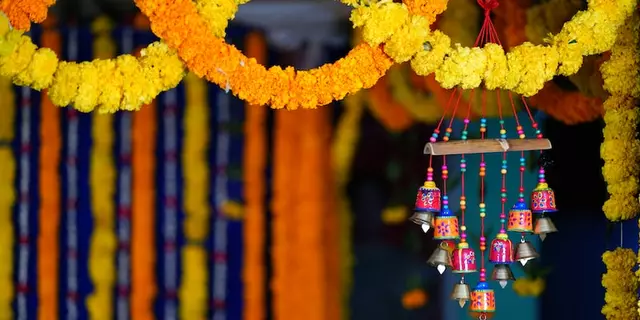Cons – Spotting Disadvantages in Everyday Topics
When you hear the word “cons,” you probably think of the downside of something. Knowing the cons helps you make smarter choices, whether you’re buying a house, picking a diet, or planning a trip. In this guide we break down what cons are, why they matter, and how you can spot them fast.
Why Focus on Cons?
Everyone loves a good advantage, but ignoring the drawbacks can cost you time, money, or even health. Seeing both sides gives you a balanced view and prevents nasty surprises later. For example, a post on our site about the lifespan of a concrete house in India shows the benefit of durability but also lists the cons: regular repairs every 20‑30 years and vulnerability to extreme weather.
Quick Ways to Identify Cons
1. Ask the right questions. What could go wrong? Who might be affected? 2. Look for patterns. If several users mention the same issue, it’s likely a real con. 3. Check the source. Expert opinions, like those from engineers or nutritionists, often point out hidden drawbacks.
Take the case of Indian food’s popularity in the USA. The upside is flavor and cultural variety, but a cons‑focused article points out that deep‑fried items such as samosas can pack a lot of saturated fat, which may not fit a heart‑healthy diet.
Another example: a post about “Why did the Spanish build missions in California?” highlights the mission’s role in spreading religion, yet the cons include forced cultural changes for native peoples and eventual conflict with other colonial powers.
Spotting cons isn’t about being negative; it’s about being prepared. If you’re thinking of traveling on a plane with only one passenger, the con is the economic impracticality for airlines, even though it’s technically possible.
In the world of social media, a guide on Buffer’s time‑saving hacks shows the pro of saving hours, but the con is that over‑automation can make content feel generic. Knowing both sides lets you tailor the tool to your style.
When you’re reading any article, scan the description for keywords like “drawbacks,” “issues,” or “challenges.” Those clues usually signal the cons section.
Bottom line: keep an eye on cons, write them down, and weigh them against the pros. This habit builds confidence in every decision, from picking a flatbread (paratha vs. tortilla) to choosing a career path in public service.
Ready to apply this? Pick any topic you’re curious about, list at least three cons, and see how they change your view. You’ll be surprised how much clearer the picture becomes.

What are the pros and cons of being a tall Indian?
- Date: 27 Jan 2023
- Author: Aarav Khatri
Being tall has many advantages in India, as it is often seen as a sign of strength and power. However, there are also some drawbacks that come with being tall, such as difficulties in finding clothes and shoes that fit, as well as being subject to discrimination and teasing.




